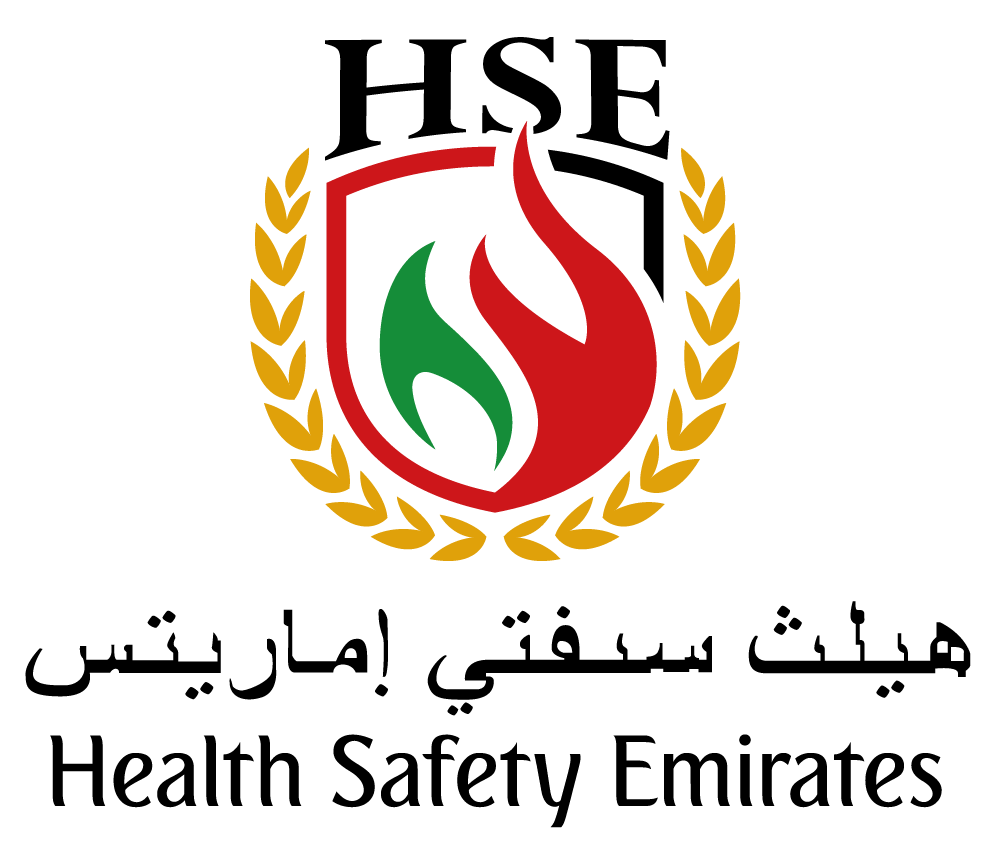An Overview of the importance of scenario planning, robust risk management frameworks, subsequent risk assessment and planning, and how critical they are.

A quick read on the importance of scenario planning, robust risk management frameworks, subsequent risk assessment and planning, and how critical they are when filming in remote locations with immature film infrastructure and resources.
Filmmaking is a complex process, and filming in remote locations with immature film infrastructure and limited resources can present unique challenges. However, with proper planning and risk management, filmmakers can mitigate these challenges and successfully produce films in such environments. This report will discuss the importance of scenario planning, robust risk management frameworks, subsequent risk assessment and planning, and how critical they are when filming in remote locations with immature film infrastructure and resources.
Scenario Planning:
Scenario planning is crucial in preparing for film production in a remote location. It involves developing multiple scenarios that could occur during the filming process and planning how to address them. This allows filmmakers to anticipate potential issues and develop strategies to mitigate them.
For example, in a remote location, there may be limited access to medical facilities, which could pose a risk if someone on the production team falls ill or gets injured. Scenario planning would involve identifying this potential issue and developing a plan to address it, such as having a medical professional on set or establishing a protocol for emergency medical evacuation.
Robust Risk Management Frameworks:
A robust risk management framework is essential for any film production, but it is necessary when filming in remote locations. A risk management framework involves identifying potential risks and developing mitigation strategies. It includes processes for assessing and prioritizing risks, establishing risk mitigation measures, and monitoring and reviewing risk management strategies.
Additional risks may be considered in a remote location, such as the potential for natural disasters or political instability. A robust risk management framework would involve identifying these risks and developing strategies to mitigate them, such as having a backup location in case of a natural disaster or establishing relationships with local authorities to ensure the safety and security of the production team.
Subsequent Risk Assessment and Planning:
Risk assessment and planning is an ongoing process that should be continually reviewed and updated throughout the film production. As new risks are identified, mitigation strategies should be developed, and existing risk management plans should be updated.
In a remote location, unexpected challenges may arise, such as changes in weather patterns or unexpected regulatory changes. Subsequent risk assessment and planning would involve continually monitoring the situation and updating risk management strategies to address these challenges.
Importance of Scenario Planning and Risk Management in Remote Locations:
Filming in remote locations with immature film infrastructure and limited resources can present unique challenges. However, with proper scenario planning and risk management, these challenges can be mitigated, and successful film production can be achieved.
Scenario planning allows filmmakers to anticipate potential issues and develop strategies to address them, while a robust risk management framework provides a structured approach to identifying and mitigating potential risks. Subsequent risk assessment and planning ensure that risk management strategies remain effective and current throughout film production.
In conclusion, scenario planning and robust risk management frameworks are critical when filming in remote locations with immature film infrastructure and resources. These processes allow filmmakers to anticipate potential issues and develop strategies to mitigate them, reducing the risk of delays, accidents, or other problems that could compromise the success of film production. By prioritizing scenario planning and risk management, filmmakers can overcome the unique challenges of filming in remote locations and produce successful films that captivate audiences.







